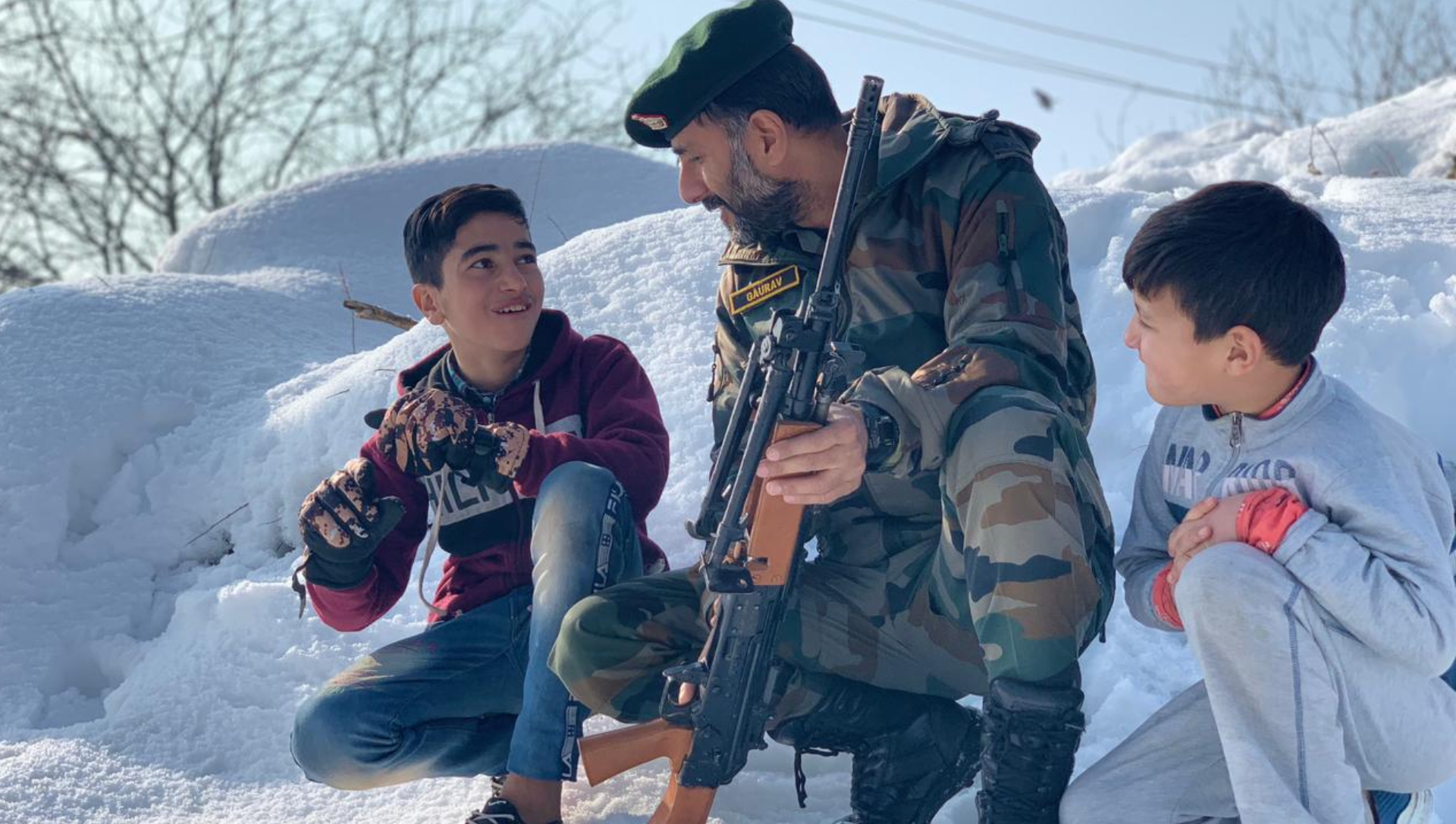

Recent incidents of targeted killing of a Kashmiri Hindu PM package employee, a TV artiste and a police cop in Srinagar have given enough ammunition to political dynasts, Muftis and Abdullahs, to claim that Kashmir is going back to the days of the 1990s. A fake narrative is being built that post-August 5, 2019 policies pursued by the Modi government have been counter-productive.
Has the situation worsened? The answer is NO. Lone-Wolf attacks on soft targets are not the yardstick for determining security scenarios. The security situation in a terrorism-affected zone is determined by the successful state assault on support structures of terrorist entrepreneurs and the running of the writ of the state.
Security Situation
The security situation can be assessed by the fact that no major terrorist attack has taken place since August 2019. The flow of information from the locals on terrorists has increased tremendously. Ten terrorists were neutralized within three days of the killing of the TV artiste Amreen Bhat. The security grid is working effectively. New political elements opposed to separatism are identifying openly with India.
Stone pelting has stopped altogether. Huge gatherings seen at funerals of terrorists are a thing of the past. Many subversive elements in the administration have been dismissed from jobs. Hawala financing of terrorists has been choked. Media, which earlier toed a pro-terrorist line, has reverted to normal business. Overground workers of terrorists are facing the heat of the state.
Half-separatist politics of local mainstream parties has been delegitimized. The writ of the state is once again in action. There were no protests over the conviction of terrorist Yaseen Malik.
Lone-Wolf Attacks
Lone-wolf attacks need to be stopped through better security cover to defeat Pakistan’s designs. The three recent killings had a two-fold objective. One was to get post-August 2019 policies reversed by building a fake narrative that these policies have worsened the security situation. Two, to force Kashmiri Hindu package employees out of Kashmir and demoralize the police force engaged in counter-insurgency operations.
The new round of ethnic cleansing and non-Muslim killings started in October last year. A thorough review of the security of Kashmiri Hindu employees posted in the valley and civilians vulnerable to attacks should have been taken then and loopholes plugged.
Measures
Two factors seem to have brought the turnaround in the security situation. One is an unambiguous policy of the government to go after the terrorists and their support structures. Two, raising costs for those supporting terrorism. At the political and administrative level neutering of Article 370 and reorganization of the state into a UT has provided requisite support to security measures.
Despite a positive turnaround in the security situation, there is much that needs to be done to eliminate terrorism altogether.
Kashmir is a small area and relatively easier to police. But there is an external component of an enemy state sponsoring terrorism. Secondly, there is the phenomenon of youth radicalized by jihadist ideology. Lastly, a complex interplay of communalism, Wahabism, and Muslim sub-nationalism has seen the socialization of sections of the population with cross-border terrorism.
Strategies
Appropriate strategies need to be evolved to deal with the three challenges mentioned above:
Border Management
There has to be better border management to reduce exfiltration and infiltration to negligible levels. Options of creating a 5 km security belt along borders, where ex-servicemen can settle by proper incentives, can be tried. This can serve as the third tier in border management. Heavy punishment should be given to guides who help terrorists cross borders.
Radicalization
Radicalization of youth is a serious factor that keeps on replenishing terrorist ranks and provides a ‘local’ cover to terrorist entrepreneurs. Unlike elsewhere where madrassas are a breeding ground for radicalization, it has a different pattern in Kashmir. Youth recruited are mostly in the age group of 18-25 years.
There is a three-step radicalization. One is peer pressure. The second step is at home where the family narratives revolve around a cocktail of Wahabi-secessionist politics. Third is sermons of fundamentalist maulvis during religious gatherings.
Besides this, there are overground cells involved in upgrading the radicalization of the indoctrinated youth. Online radicalization also contributes significantly. The content of deradicalization narratives should focus on our perspective on the history of the dispute, the dangers of Salafist ideology and the deconstruction of subversive narratives on different allied issues.
Jamaat-e-Islami
Jamaat-e-Islami has major penetration in state educational institutions. Its cadres in faculty indoctrinate susceptible students. Due to political support from mainstream parties, Jamaat cadres gained entry into administration at all levels in big numbers. Even today Jamaat enjoys good clout. This needs to be denied by weeding out pro-Jamaat-e-Islami elements in administration including educational institutions.
Long-term Measures
There is a need to evolve new political and administrative strategies to deal with the half-separatist politics of mainstream parties.
The focus of employment should move from the state sector to the private sector. The shift towards industrialization will help break parochialism, socially as well as politically, and build stakes for Kashmiri Muslims in India.
Lastly, Communalism, which sustains crossborder terrorism, needs to be tackled at three levels: One, restoring pluralism by the creation of a durable framework for the return of the Kashmiri Hindu community. It should go beyond package employees. Two, the revival of Kashmir’s historic identity. Cultural Wahhabization should not be allowed. Three, helping evolve secular and pro-Indian democratic politics.
(Dr Ramesh Tamiri is a researcher on the history, politics and culture of Kashmir.)
(Disclaimer: Views expressed above are author’s own.)